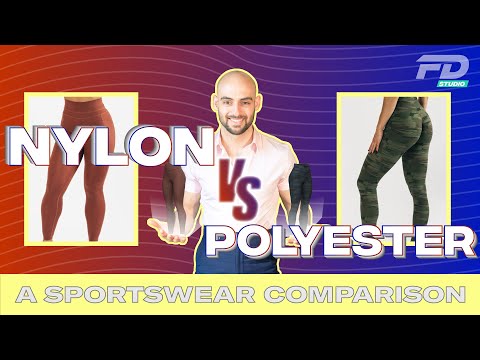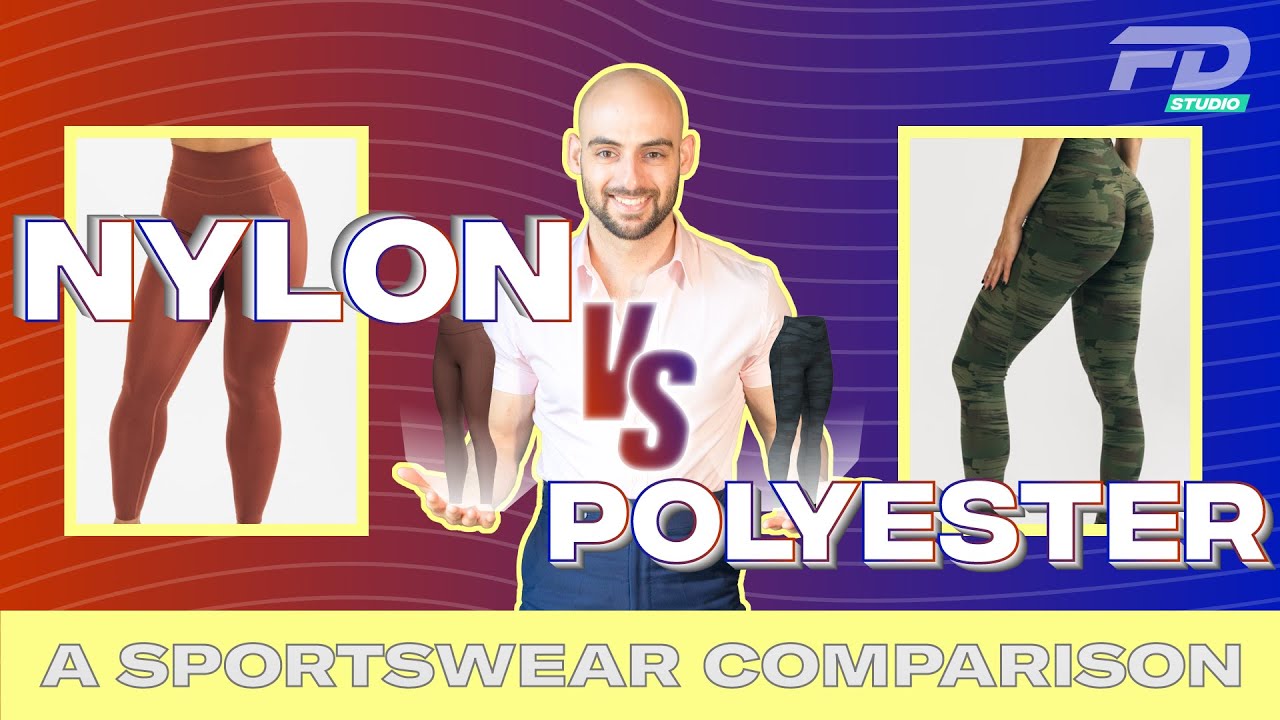Sportswear fabric is the ultimate game-changer in the world of athletic apparel. Engineered with cutting-edge technology and innovative design, this fabric is a force to be reckoned with. Its lightweight composition allows for unrestricted movement, giving athletes the freedom they need to excel in their performance. The fabric’s breathability ensures that sweat is quickly wicked away, keeping the body cool and dry even during the most intense workouts. Not only does it provide optimal comfort, but it also boasts durability that can withstand the toughest training sessions and rigorous outdoor activities. Whether you’re a professional athlete or simply a sport enthusiast, this fabric will elevate your game to the next level. Its versatility enables it to be used for various sportswear items, including shirts, shorts, leggings, and jackets. The fabric’s moisture-wicking properties make it ideal for any physical activity, guaranteeing that you stay fresh and focused. Say goodbye to discomfort and hello to performance-enhancing sportswear fabric. Experience the revolution today and unleash your full potential!

The Evolution of Sportswear Fabric
When it comes to athletic performance, sportswear fabric plays a crucial role in providing comfort, breathability, and durability. Over the years, advancements in textile technology have revolutionized the way athletes dress, allowing them to push their limits and achieve optimal performance. This article explores the evolution of sportswear fabric, highlighting five key developments that have shaped the industry.
1. Synthetic Fibers: The Game-Changer
The introduction of synthetic fibers marked a turning point in sportswear fabric. In the mid-20th century, materials such as polyester, nylon, and spandex emerged, offering superior moisture-wicking capabilities, stretch, and durability. These synthetic fibers revolutionized the industry, as they quickly replaced traditional cotton and wool fabrics. Athletes now had access to sportswear that could keep them cool, dry, and comfortable during intense physical activities.
2. Moisture-Wicking Technology: Staying Dry and Cool
Moisture-wicking technology took sportswear fabric to new heights by actively pulling sweat away from the body. Fabrics with moisture-wicking properties, often made from polyester blends, help regulate body temperature and prevent the buildup of moisture. This technology is especially important for athletes engaging in high-intensity workouts or participating in outdoor activities. By keeping the body dry and cool, moisture-wicking fabrics enhance comfort and performance.
3. Stretch Fabrics: Enhancing Flexibility
Stretch fabrics, primarily composed of spandex, have become a staple in sportswear. This innovative material allows for enhanced flexibility and freedom of movement, crucial for athletes in sports such as gymnastics, yoga, and running. Stretch fabrics provide a snug fit without restricting the body’s range of motion, enabling athletes to perform their best without any hindrances.
4. Breathable Fabrics: Letting the Skin Breathe
For athletes, proper ventilation is key to maintaining comfort during physical activity. Breathable fabrics, often constructed with micro-perforations or mesh panels, allow air to circulate freely, preventing overheating and excessive sweating. These fabrics are commonly found in sportswear garments like jerseys, shorts, and athletic shoes. By letting the skin breathe, breathable fabrics contribute to a more enjoyable and productive workout experience.
5. Anti-Odor Technology: Banishing Unpleasant Smells
One of the downsides of intense physical activity is the production of unpleasant odors caused by sweat. To combat this issue, sportswear manufacturers have incorporated anti-odor technology into their fabrics. These technologies, often infused with silver ions or other antimicrobial agents, inhibit the growth of odor-causing bacteria, keeping sportswear fresh and odor-free even after rigorous use. This advancement has significantly improved the longevity and functionality of sportswear, providing athletes with garments that remain comfortable and odorless throughout their workouts.
In conclusion, the evolution of sportswear fabric has come a long way, revolutionizing the way athletes dress and perform. From the introduction of synthetic fibers to the incorporation of moisture-wicking, stretch, breathable, and anti-odor technologies, sportswear fabric has become a crucial component in athletic performance. As textile technology continues to advance, we can expect even more innovative fabrics that will further enhance the comfort and functionality of sportswear.
Nylon vs. Polyester: The Ultimate Sportswear Showdown
Video Source : FittDesign Studio
Sportswear Fabric
Sportswear Fabric
| Fabric Type | Features | Benefits |
|---|---|---|
| Moisture-wicking fabric | Effectively pulls sweat away from the skin | Keeps the body dry and comfortable during intense workouts, prevents chafing |
| Compression fabric | Tightly wraps around muscles, providing support | Enhances blood circulation, reduces muscle fatigue, and accelerates recovery |
| Thermal fabric | Insulates body heat | Keeps the body warm in colder climates, ideal for outdoor activities |
| Breathable fabric | Allows airflow and ventilation | Prevents overheating, keeps the body cool and dry |
| Stretch fabric | Offers flexibility and freedom of movement | Allows unrestricted motion during workouts and sports activities |
| Antibacterial fabric | Contains antimicrobial properties | Prevents the growth of bacteria, minimizes odor and keeps the garment fresh |
Sportswear fabrics play a crucial role in enhancing athletic performance and comfort. Each fabric type offers unique features and benefits that cater to specific sporting needs.
Moisture-wicking fabric is a popular choice as it efficiently pulls sweat away from the skin, keeping the body dry and comfortable during intense workouts. This fabric also prevents chafing and irritation, ensuring a friction-free experience.
Compression fabric, on the other hand, tightly wraps around muscles, providing support and enhancing blood circulation. This leads to reduced muscle fatigue, quicker recovery, and improved performance. Athletes often rely on compression fabric to optimize their training sessions.
For colder climates, thermal fabric is essential. By insulating body heat, it keeps athletes warm during outdoor activities. This fabric is designed to retain warmth while remaining lightweight and breathable, allowing athletes to perform at their best even in chilly conditions.
Breathable fabric is another key component in sportswear. It allows airflow and ventilation, preventing overheating and excessive sweating. This feature is particularly valuable during high-intensity workouts when the body needs to stay cool and dry.
Stretch fabric is favored by athletes who require flexibility and freedom of movement. It ensures unrestricted motion during workouts and sports activities, allowing athletes to perform their best without being limited by their clothing.
Lastly, antibacterial fabric has become increasingly popular in sportswear. With its antimicrobial properties, it prevents the growth of bacteria, minimizing odor and keeping the garment fresh. This is especially important for long training sessions and multi-day events where hygiene is crucial.
Selecting the right sportswear fabric for specific activities is essential to optimize performance and comfort. Understanding the features and benefits of different fabric types ensures athletes can make informed choices when it comes to their sportswear selection.

